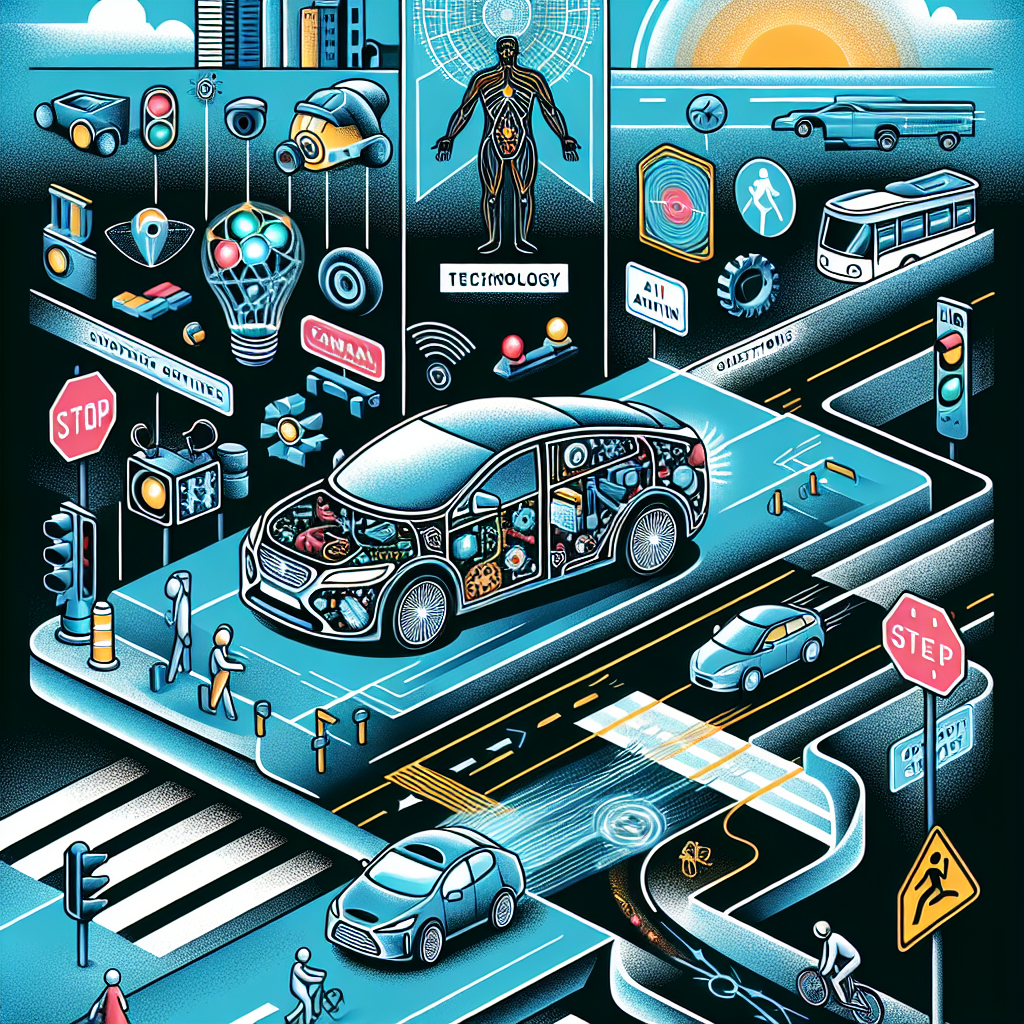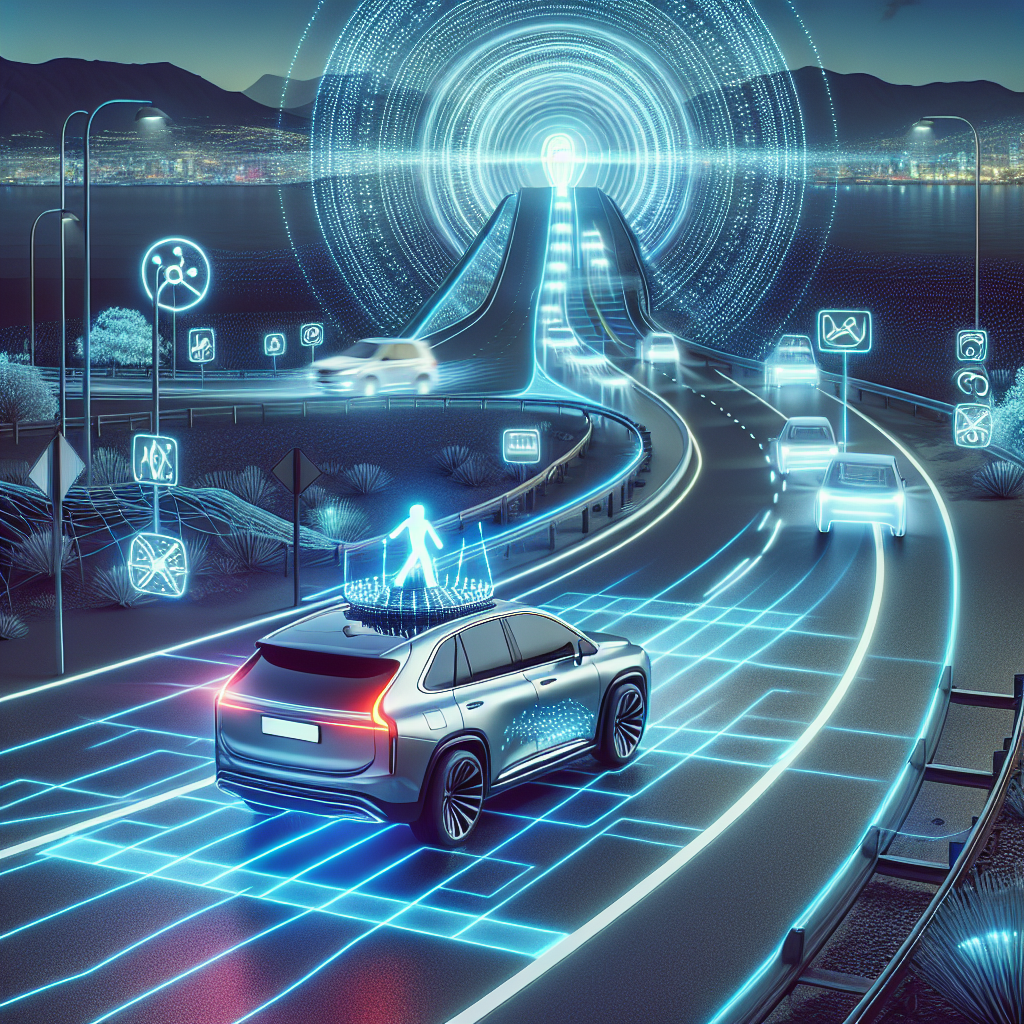Navigating the Road Ahead: Unpacking the Safety Challenges of Autonomous Vehicles in the Age of AI
In recent years, the buzz surrounding autonomous vehicles (AVs) has reached a fever pitch. From tech giants like Tesla and Google to traditional automakers like Ford and General Motors, companies are racing to develop self-driving cars that promise to revolutionize transportation. However, as these vehicles become more prevalent on our roads, questions about safety and reliability have come to the forefront. In this article, we will delve into the safety challenges of autonomous vehicles in the age of artificial intelligence (AI) and explore the implications for the future of transportation.
The Rise of Autonomous Vehicles: A Game-Changer for Transportation
The concept of self-driving cars is not new, but recent advancements in AI and sensor technology have brought us closer than ever to widespread adoption. Proponents of AVs argue that they have the potential to reduce accidents, alleviate traffic congestion, and provide greater mobility for individuals who cannot drive. In fact, a study by the National Highway Traffic Safety Administration (NHTSA) found that human error is a factor in 94% of all car accidents, suggesting that AI-powered vehicles could make our roads significantly safer.
However, the road to fully autonomous vehicles is not without obstacles. One of the key challenges facing AV developers is ensuring the safety and reliability of their technology. Critics point to high-profile accidents involving self-driving cars, such as the Uber crash in Arizona that resulted in a pedestrian fatality. These incidents raise important questions about the effectiveness of current safety measures and the ability of AI systems to navigate complex and unpredictable real-world scenarios.
The Human Factor: Balancing Autonomy and Control
One of the most pressing safety challenges of autonomous vehicles is striking the right balance between human oversight and machine autonomy. While self-driving cars are designed to operate without human intervention, there are situations where human intervention may be necessary to prevent accidents. For example, AVs may struggle to navigate construction zones, inclement weather, or sudden road closures, requiring a human driver to take control.

Experts in the field of AI and autonomous vehicles emphasize the importance of designing systems that can effectively communicate with human drivers and passengers. This involves developing clear protocols for when human intervention is required, as well as ensuring that users understand the limitations of the technology. As AVs become more prevalent on our roads, education and training will be crucial to ensuring that the transition to autonomous transportation is smooth and safe.
Regulatory Challenges: Navigating the Legal Landscape
In addition to technical and practical challenges, the widespread adoption of autonomous vehicles raises important legal and regulatory considerations. Currently, there is no uniform set of regulations governing the operation of self-driving cars, leading to a patchwork of rules and standards across different states and countries. This lack of consistency can create confusion for manufacturers and consumers alike, potentially hindering the development and deployment of AV technology.
Furthermore, questions about liability and insurance in the event of accidents involving autonomous vehicles remain unresolved. Who is responsible if a self-driving car malfunctions and causes a collision? How can we ensure that AVs are held to the same safety standards as traditional vehicles? These are thorny legal issues that policymakers will need to address as AV technology continues to evolve.
Looking to the Future: The Promise and Perils of Autonomous Vehicles
Despite the safety challenges that autonomous vehicles face, the potential benefits of this technology are too significant to ignore. As AI and sensor technology continue to improve, we can expect to see rapid advancements in the capabilities of self-driving cars, making them safer and more reliable than ever before. In the near future, we may see fully autonomous vehicles coexisting with traditional cars on our roads, ushering in a new era of transportation.
However, in order to realize the full potential of autonomous vehicles, we must address the safety challenges head-on. This means investing in research and development, promoting transparency and accountability in the industry, and working collaboratively with regulators to establish clear guidelines for the deployment of AV technology. Only by confronting these challenges can we ensure that the road ahead is paved with innovation, safety, and efficiency.


